The Loss of Everyday Spaces is Undermining Democracy
Also inside: Prop 50, Tish James, and more
Make Every Ad Dollar Count with Catalist Data
Hi everyone! I’m Sarah Stamper, a neuroscientist turned civic data nerd, long-time FWIW reader, and today’s guest author. These days I lead research at Murmuration, where my team builds data and insights on American civic life—from large-scale surveys like Civic Pulse, to foundational datasets like Atlas that track voter participation, demographics, and civic engagement at scale. I also write State of Us on Substack, where I share stories and data about what it feels like to live, hope, and participate in democracy today.
For today’s FWIW, I’m digging into what our latest data reveals about the slow disappearance of “third spaces” — the parks, libraries, and hangouts that hold communities together — and how their loss is quietly unraveling civic life itself: fewer people know their neighbors, fewer show up for local elections, and fewer feel connected to the decisions shaping their communities.
More on that below, but first…
Digital ad spending, by the numbers:
FWIW, U.S. political advertisers spent about $11.4 million on Facebook and Instagram ads last week. Here were the top ten spenders nationwide:
While the conversation around Prop 50 continues to draw big investments, a new addition to this list is New York State Attorney General Letitia James, who was recently indicted after Trump publicly instructed the DOJ to go after his political enemies (she famously filed the case against the Trump Organization that found them liable for fraud in 2022). James has vowed to fight back and last week saw the best single day of fundraising in her entire political career.
Meanwhile, political advertisers spent just under $8 million on Google and YouTube ads last week. These were the top ten spenders nationwide:
We’re less than 3 weeks out from Election Day and it’s not surprising to see the DGA and RGA’s significant investments in New Jersey, as well as both Virginia gubernatorial candidates on this list.
While Republicans are investing in Meta ad spend against Prop 50, Google and YouTube seem to be less of a priority for them. On the other hand, Gov. Gavin Newsom invested over $2M in pro-Prop 50 messaging on the two platforms in the last week alone.
On X (formerly Twitter), political advertisers in the U.S. have spent around $8.8 million on ads in 2025. According to X’s political ad disclosure, here are the top spenders year to date:
Not a single left-leaning account cracked the top ten list this week… so do with that what you will.
And lastly, on Snapchat, political advertisers in the U.S. have spent around $1.8 million on ads in 2025. Here are the top spenders year to date:
Ready to Upgrade Your Ads with Catalist Data?
Catalist’s new digital audiences help progressives reach the right voters, faster! Access 130+ segments wherever you place ad buys with high match rates, emails + phones included. Email us at digital@catalist.us or See how you can activate your audiences today.
Vanishing Third Spaces
If home is where we live and work is where we grind, then “third places” are where we breathe. They’re the parks where strangers become neighbors, the libraries that double as cooling centers, the cafés where retirees linger over a crossword. But across America, these spaces are disappearing.
Murmuration’s Civic Pulse shows just how fragile they’ve become. When asked, “Excluding home or work, how many places in your neighborhood can you go without spending much money?” almost two-thirds of people say few or none.
From Belonging to Ballots
When those third spaces disappear, it first shows up in how people feel, their sense of belonging and community wellbeing. People without third spaces are much more likely to say they’re “not at all” part of a caring community (+26pp) and that their local community’s wellbeing is “poor” (+17pp).
But what’s most striking is that the absence of third spaces doesn’t just affect how people feel, it changes how they act. Even after accounting for partisanship, income, education, geography, and broader national mood, access to third places remains one of the strongest predictors of civic participation. People without them are less likely to say they always vote in local elections (-7pp) or have participated in civic life in the past month (-20pp).
By contrast, in neighborhoods with third places, people report being more likely to have:
It’s not just civic activity that suffers when people lack access to third spaces. It’s the everyday encounters that build bridges across differences. People without third places are less likely to interact with those who hold different political views at least “some days” (-11pp). And with fewer interactions comes less trust, as people without third places are also less likely (-11pp) to believe that those on the “other side” act in good faith at least “a little”.
Rebuilding What We’ve Lost
People talk about third spaces not only as something nice to have, but as something missing and that their communities need to function. So who should be responsible for creating or maintaining third places? Civic Pulse finds no consensus: some say local government, others say nonprofits and community organizations, and many say the neighbors themselves. Everyone agrees they matter, but no one feels fully in charge.
For those of us who care about communities—organizers, neighbors, local leaders—the real question is: how can we begin to repair the damage and rebuild the third places our communities need?
Start by treating third spaces like infrastructure, not extras. Cities budget for roads and bridges because we know life doesn’t function without them. The same logic should apply to libraries, parks, rec centers, and cultural spaces.
Unlock what we already have. Schools that open gyms after hours, libraries that double as resilience hubs during heat waves, and churches that host community meals prove you don’t always need new buildings. Sometimes the fix is as simple as sharing keys and extending hours.
Design for belonging, not just access. A single park doesn’t cut it if it feels unsafe, unwelcoming, or empty. Communities thrive when there’s a mix of spaces that affirm identity, bridge across differences, and invite people to linger.
Invest where isolation runs deepest. Our data shows rural communities are the most likely to report “nowhere” as their third place. Targeting resources there first can help build equity.
Reclaiming and reimagining third spaces must become part of how we measure community health. Because when people have nowhere to gather, we don’t just lose connection but also weaken the very foundation of civic life.
Ready to Upgrade Your Ads with Catalist Data?
Catalist’s new digital audiences help progressives reach the right voters, faster! Access 130+ segments wherever you place ad buys with high match rates, emails + phones included. Email us at digital@catalist.us or See how you can activate your audiences today.
That’s it for FWIW this week. This email was sent to 24,646 readers. If you enjoy reading this newsletter each week, would you mind sharing it on X/Twitter, Threads, or Bluesky? Have a tip, idea, or feedback? Reply directly to this email.
Support COURIER’s Journalism
Democracy dies behind a paywall, so our journalism is and will always be free to our readers.
But to be able to make that commitment, we need support from folks like you who believe in our mission and support our unique model.



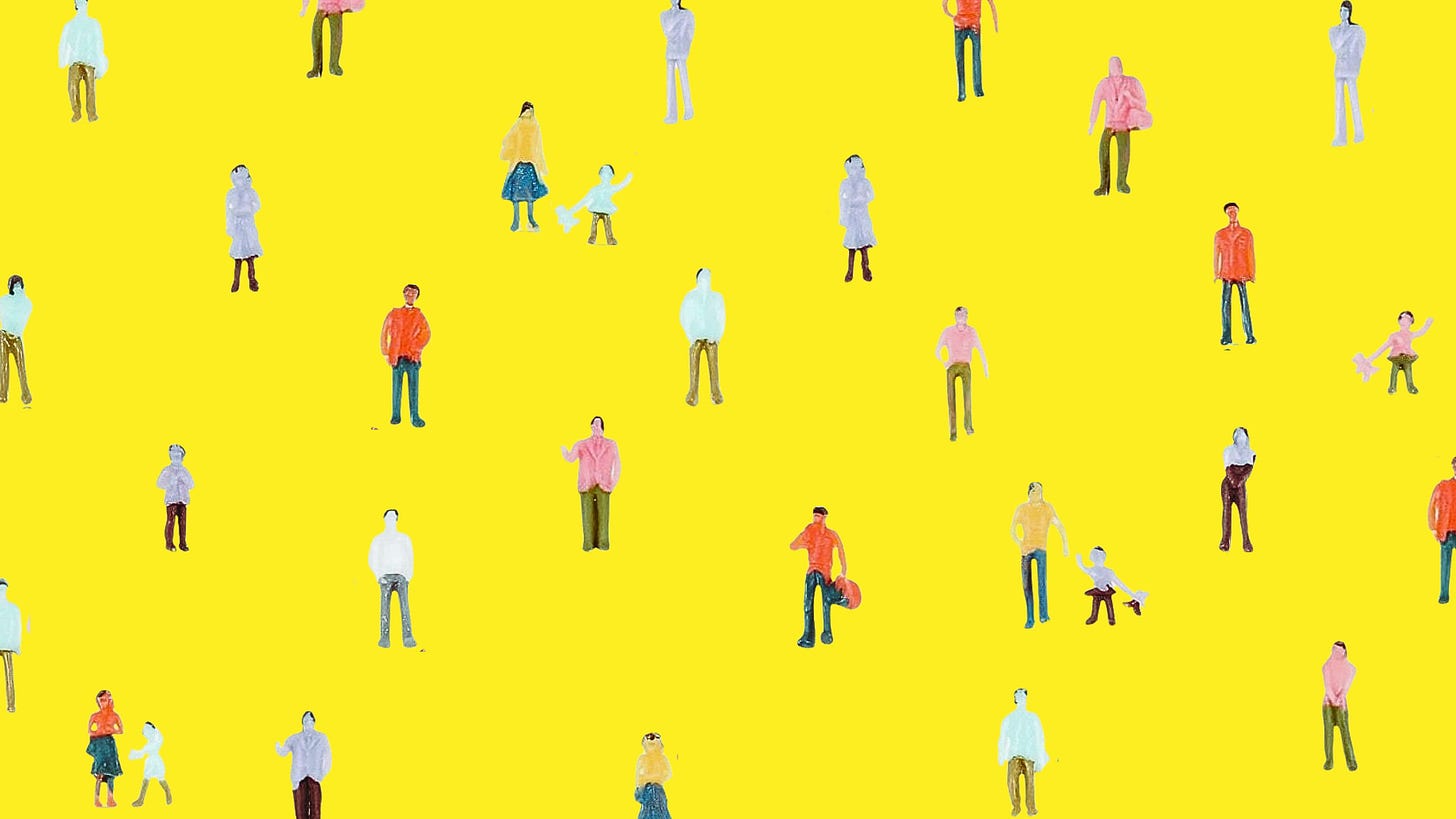
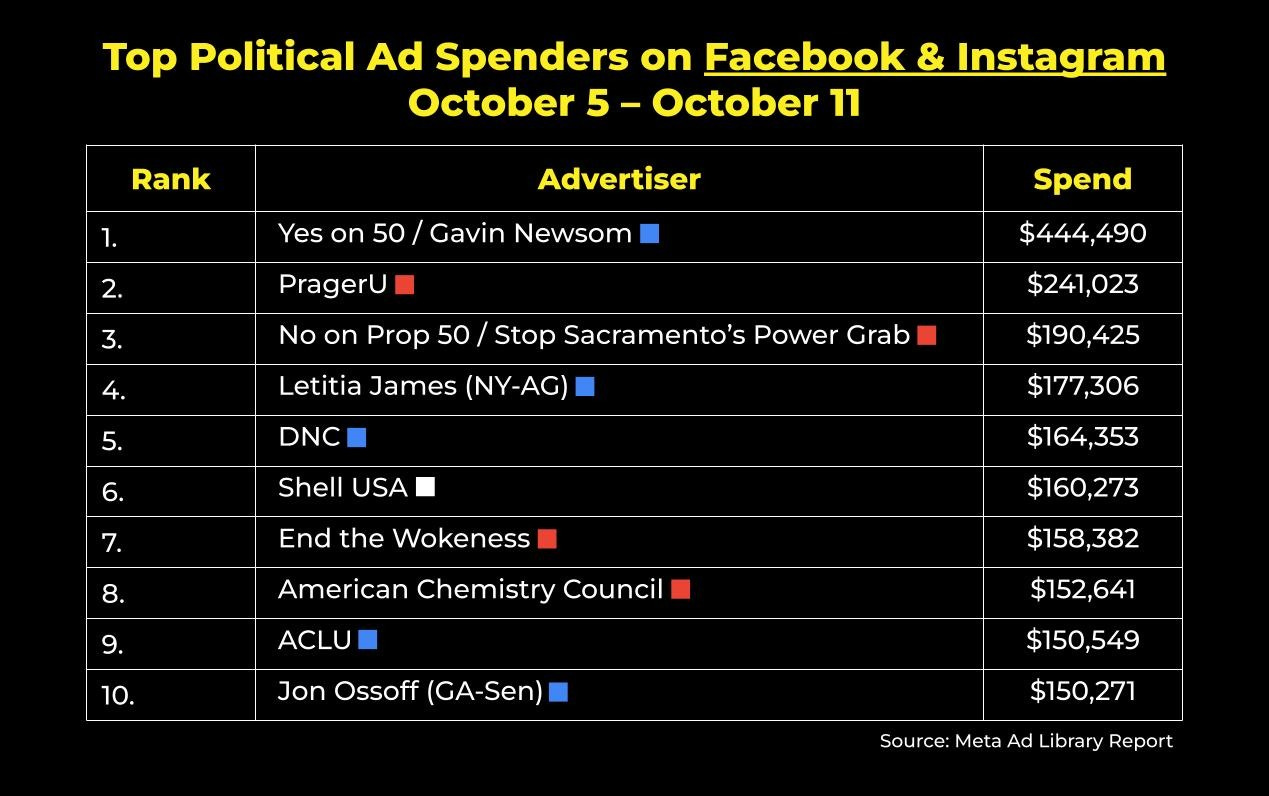

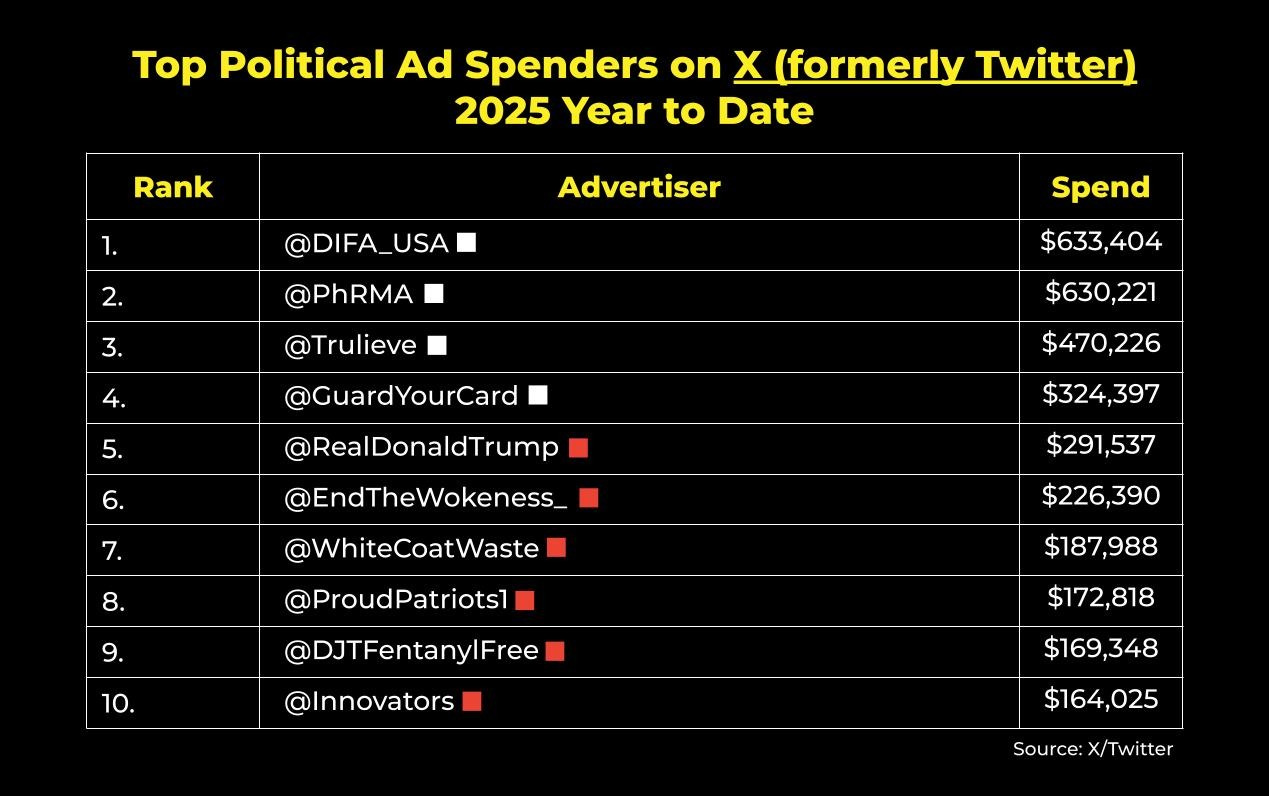

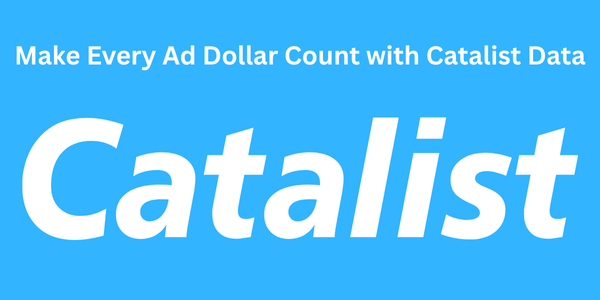

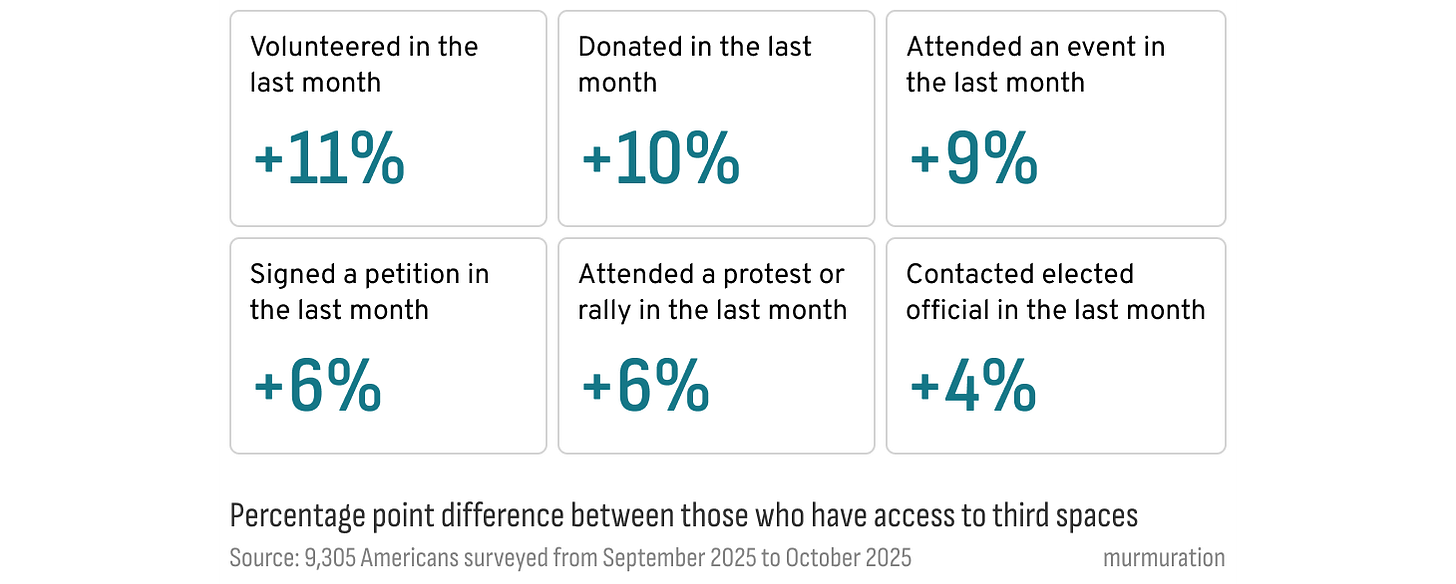

Sarah Stein Lubrano has just written a great book that covers loss of public spaces / infrastructure, its effect on politics, might interest you if you’re not already aware of it: https://www.bloomsbury.com/uk/dont-talk-about-politics-9781399413923/